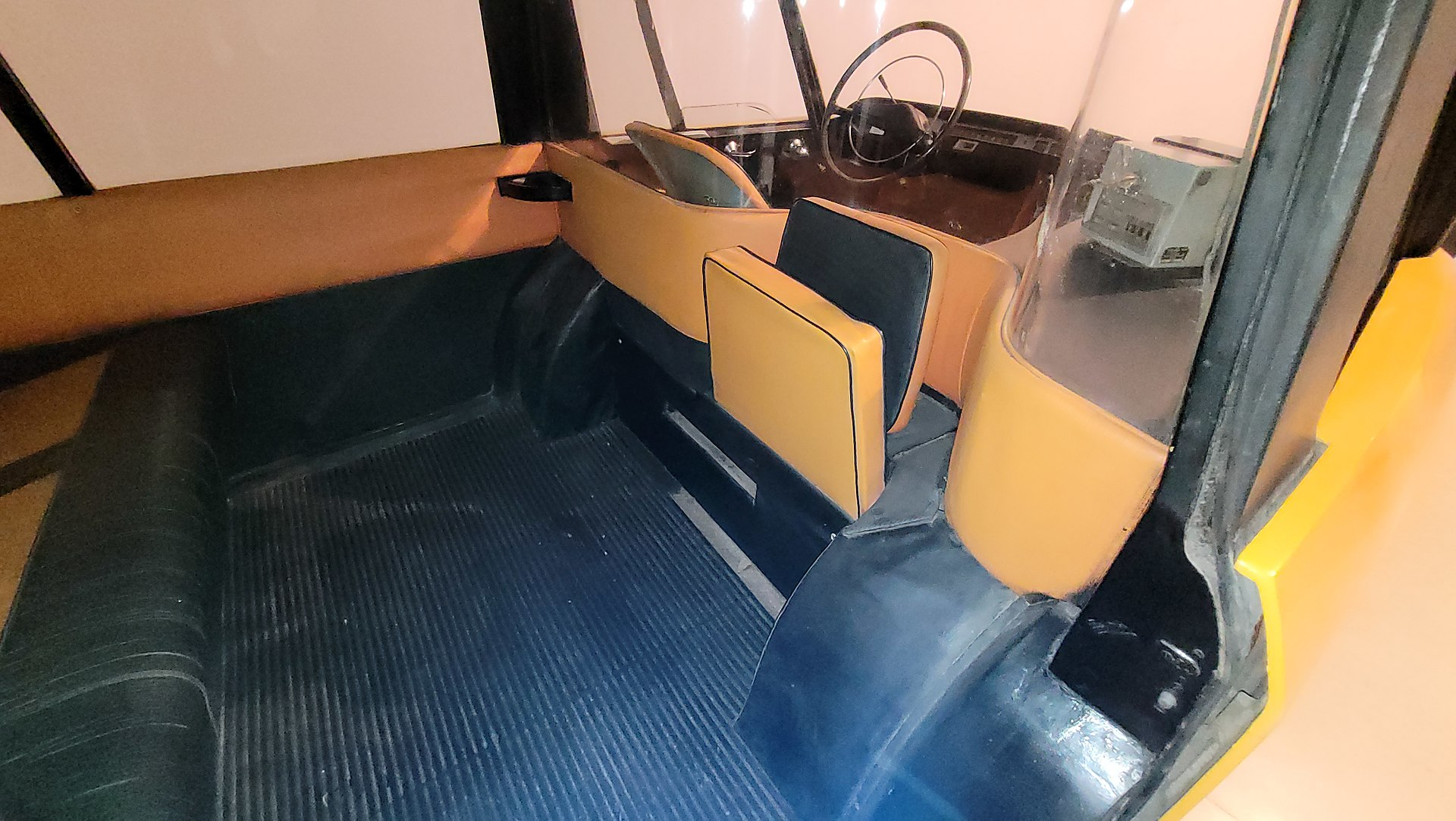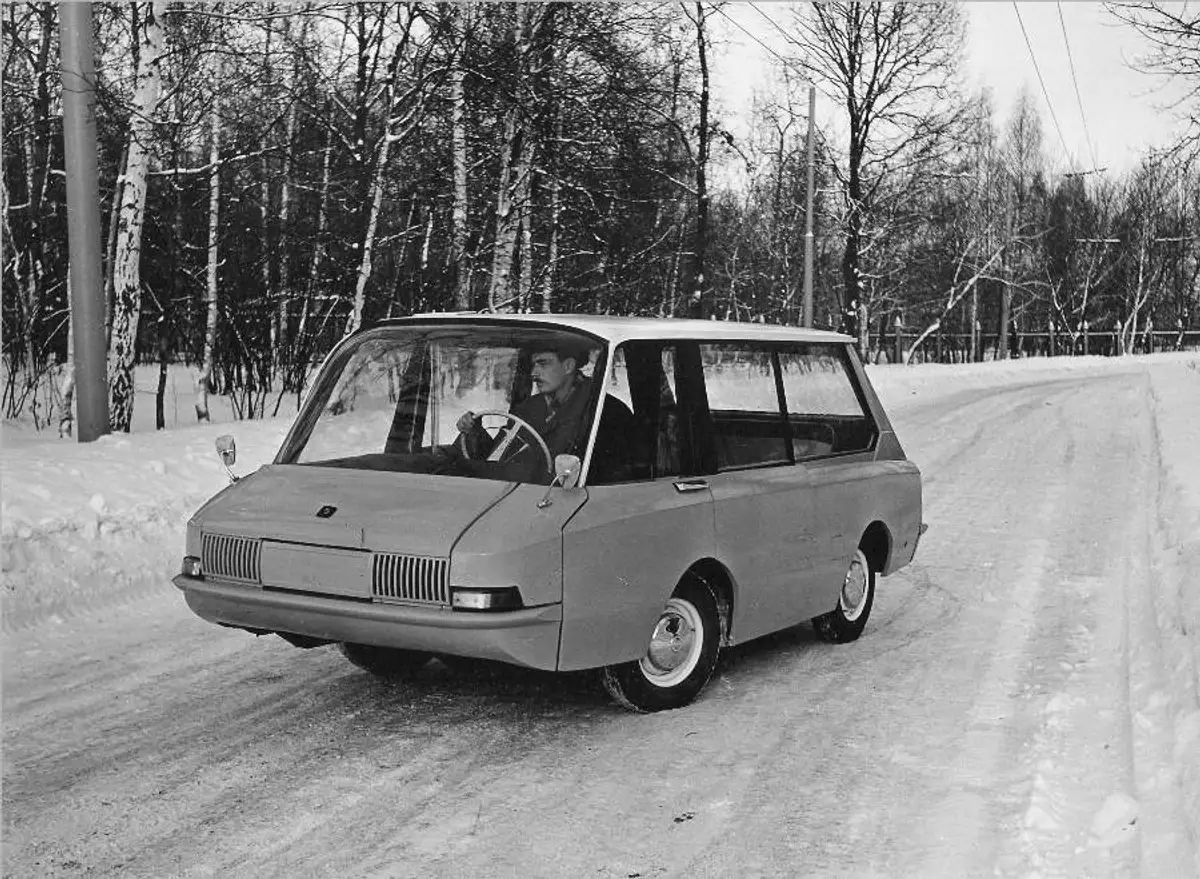News
In the USSR, they tried to create a unique car for a taxi, but traditionally screwed up everything: how it was
The requirements for a car that would transport passengers as a taxi are always very high. And experts often make ratings of the models that best cope with these duties. The USSR tried to build such a car almost from scratch.
The need for it arose because the Soviet GAZ-21 Volga and various models of Moskvich were not very well suited for this role. OBOZ.UA tells how they tried to create the perfect Soviet taxi and how this idea failed.
The project was started in 1966 at the All-Union Research Institute of Technical Aesthetics, or VNIITE for short. The concept was given an equally clumsy name, VNIITE-PT, where PT stood for "passenger taxi." The basis was a ready-made Moskvich-408 car, and the idea was developed according to the standards of the London cab, the FX4 model.
The passenger compartment was supposed to accommodate up to four people. Its design was borrowed from an English car and placed in the center of the base. This made it possible to lower the floor as much as possible, freeing up as much space as possible for people and still leaving plenty of room for luggage. Seating was provided by a three-seater sofa and an additional folding chair opposite it.
For greater maneuverability, the prototype had a shortened wheelbase. The same improvement allowed the London taxi to turn 8.5 meters.
The engine in such a car was to be located at the rear and form a compact unit with a transmission. A taximeter meter was placed in front of the driver, as well as heating and cooling systems for the engine and the steering mechanism.
The author of the project, Yuriy Dolmatovskyi, came up with this division of the cabin to create a separate comfortable microclimate for both the driver and passengers. And also for safety reasons. For the latter, by the way, the engineers planned to control the rear doors from the driver's seat. This ensured that passengers would not escape without paying. The London analog did not have such a system, as passengers there were more disciplined.
The concept also featured retractable headlights. During the day, they were hidden in the front of the car, and in the evening they could be pulled out to their working position. The accelerator drive was also made hydraulic so as not to pull a long cable aft to the engine.
The concept also had a number of noticeable drawbacks. For example, the driver's door was very narrow and uncomfortable. Also, the steering wheel shaft was rigidly fixed, so in order to get into the seat, the driver had to fold back the pedal assembly.
Tests showed that the VNIITE-PT also had insufficient directional stability at high speeds (90 - 105 km/h). Drivers who tested this miracle of Soviet engineering also complained about the inconvenient gearshift. The lever was located too far back.
However, the institute's engineers had no chance to correct these shortcomings. For some reason, the Soviet government decided to curtail the project, and the concept never reached mass production. The only built copy is now stored in the Russian State Military-Technical Museum, which is located in the Moscow region.
Subscribe to OBOZ.UA's Telegram and Viber channels to keep up with the latest developments.





























